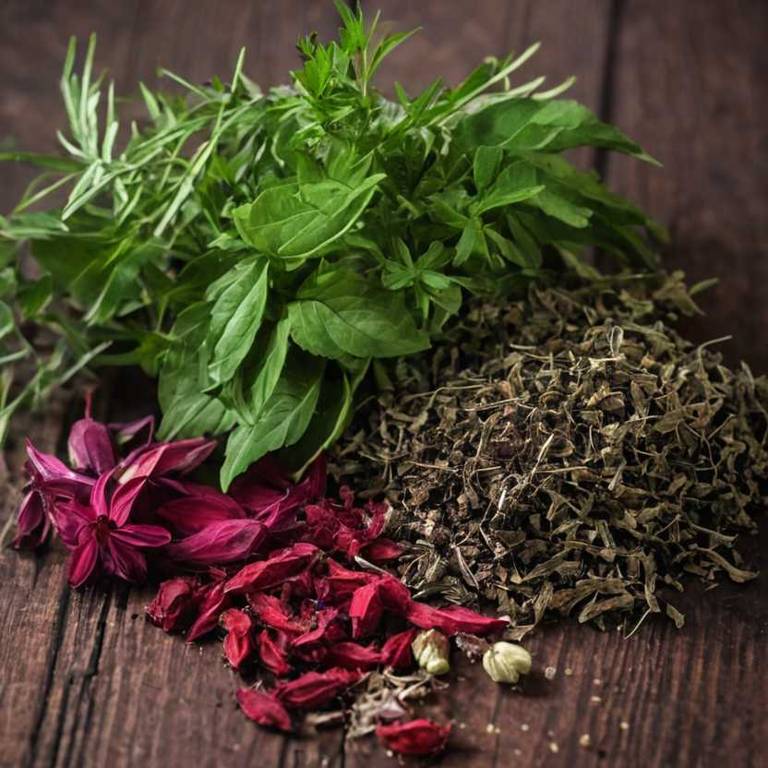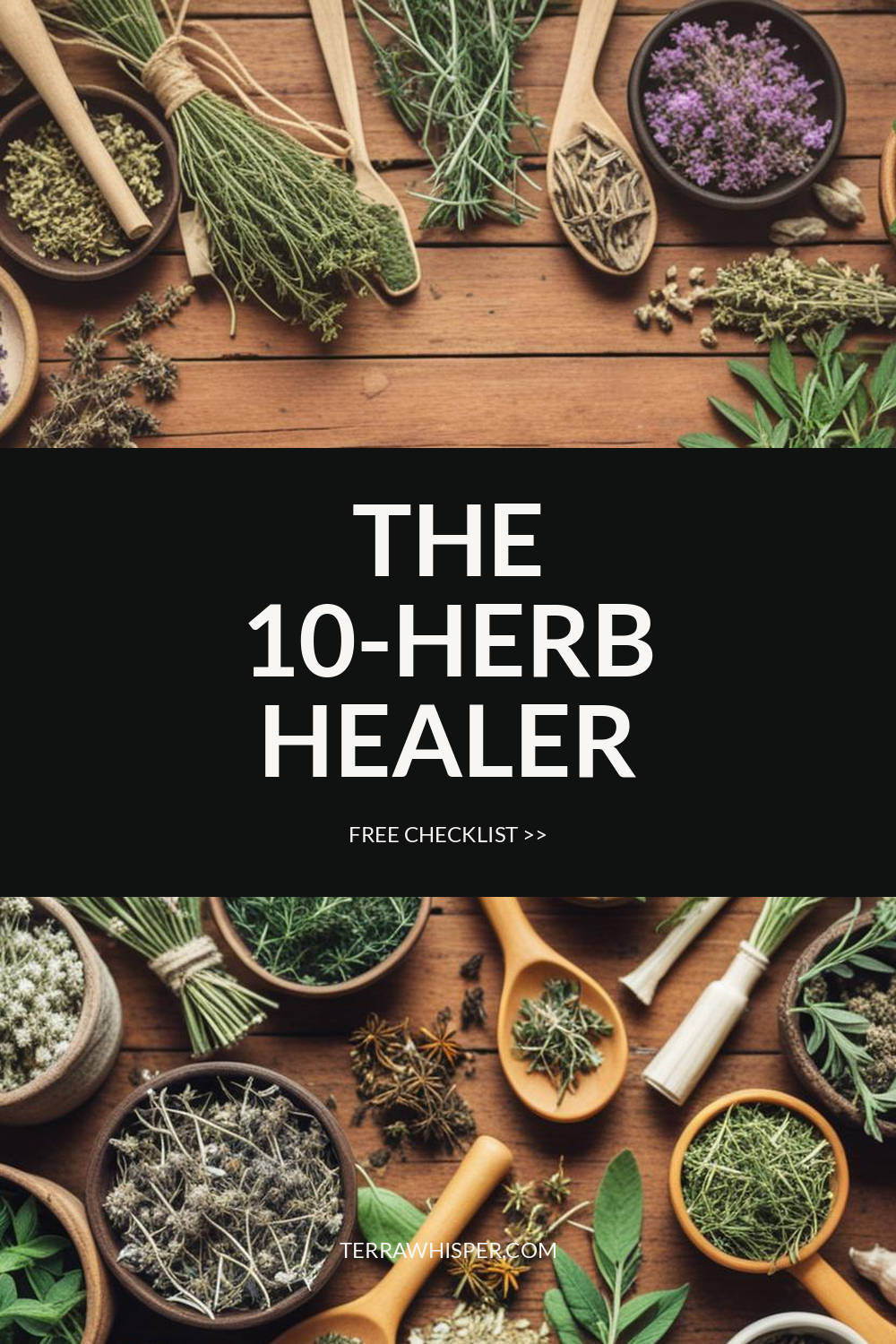Roselle (Hibiscus Sabdariffa)
Information Reliability Score: 5/10
This score reflects the overall reliability of the information presented in this article. It is based on the quality of scientific evidence, accuracy of sources, and the transparency of references related to Hibiscus sabdariffa.

Roselle, scientifically known as Hibiscus sabdariffa, is a medicinal herb widely recognized for its vibrant red calyces, which are used in both culinary and traditional medicine.
It is also known as a adaptogen, valued for its ability to help the body resist stress and maintain balance. The primary benefits of Roselle include lowering blood pressure, improving digestion, and supporting heart health due to its high content of antioxidants and flavonoids. In traditional African and Asian cultures, Roselle has been used for centuries to treat ailments such as fever, inflammation, and digestive disorders, and it is also a key ingredient in popular beverages like sorrel tea.
Modern wellness applications include its use in natural remedies for weight management and as a functional food ingredient, while its unique tart flavor and rare active compounds like anthocyanins make it a distinctive and valuable plant in both traditional and contemporary health practices.
FREE CHECKLIST
The Only 10 Herbs You Need to Heal 90% of Common Ailments.

Table of Contents
Scientific and Botanical Profile
Roselle, with botanical name Hibiscus sabdariffa, is a flowering plant belonging to the Malvaceae family, known for its distinctive red calyces and vibrant flowers.
Native to Southeast Asia, East Africa, West Africa, Madagascar, India, Malaysia, Indonesia, the Philippines, and China, Roselle has been cultivated for centuries for its culinary and medicinal uses. Commonly referred to as Karkade, Red Sorrel, Chinese Hibiscus, Mexican Hibiscus, Karkadé, and Red Flower, it is characterized by its upright, herbaceous stems and large, showy flowers with five deeply lobed petals. The plant produces edible calyces that are rich in flavonoids, tannins, and anthocyanins, contributing to its use in teas and traditional remedies.
Morphologically, Roselle has alternate, ovate leaves with serrated margins and a deep red, fibrous calyx that surrounds the yellow or orange flower bud.
History and Cultural Relevance
Roselle was used for centuries across various cultures for its medicinal, culinary, and ceremonial significance, particularly in Africa, the Middle East, and parts of Asia.
In traditional African medicine, Roselle has been valued for its ability to treat digestive issues, reduce fever, and act as a natural diuretic, with its calyx used to make teas and soups. In many regions, it holds cultural importance during festivals and rituals, such as being used in celebratory drinks or as a symbol of vitality and renewal. Its vibrant red calyces are also incorporated into local cuisines, adding flavor and color to dishes like soups and beverages.
Today, Roselle remains a key ingredient in traditional remedies for ailments like hypertension and inflammation, reflecting its enduring relevance in both health and cultural practices.
Chemical Composition and Nutritional Profile
Roselle contains a variety of bioactive compounds, including alkaloids, flavonoids, and anthocyanins, which contribute to its medicinal properties.
It is also rich in essential oils, terpenes, and polysaccharides, which provide additional therapeutic effects. Nutritional-wise, Roselle is a good source of vitamins such as vitamin C, B-complex vitamins, and minerals like potassium, magnesium, and iron. Its high antioxidant content helps neutralize free radicals and reduce oxidative stress in the body.
The combination of these compounds works synergistically to support cardiovascular health, reduce inflammation, and enhance immune function.
Medicinal Properties and Health Benefits
Hibiscus sabdariffa has been widely recognized for its medicinal properties and numerous health benefits, particularly due to its rich content of antioxidants, flavonoids, and polyphenols.
It is known to support cardiovascular health by helping to lower blood pressure and improve cholesterol levels, thus benefiting the circulatory system. Additionally, it exhibits anti-inflammatory and antimicrobial properties, making it beneficial for the digestive and immune systems. Compared to similar herbs like hibiscus rosa-sinensis, hibiscus sabdariffa has a higher concentration of anthocyanins and is more effective in reducing hypertension.
Its unique combination of bioactive compounds gives it a distinct advantage in terms of potency and versatility in traditional and modern medicinal applications.
Discover the 10 best health benefits of Roselle.
Forms, Preparation and Usage
Hibiscus sabdariffa has been traditionally used for its medicinal properties, and it is available in various forms including fresh leaves, dried calyces, tincture, powder, essential oil, and capsules.
The most common preparation method is making a tea by steeping the dried calyces in hot water, though decoctions and infusions can also be used for stronger extracts. Topical applications involve using the powder or oil to treat skin conditions, while the essential oil is typically diluted before use. For adults, a recommended dosage is 2-4 grams of dried calyces per cup of tea, taken up to three times daily, while children should only use it under medical supervision.
Due to the potential for interactions and side effects, it is advisable to use hibiscus sabdariffa cautiously, with short durations and limited frequency unless guided by a healthcare professional.
Safety, Side Effects and Contraindications
Hibiscus sabdariffa can be a beneficial medicinal plant used for its potential cardiovascular and metabolic effects, but it is important to consider its safety profile.
While generally safe when consumed in moderate amounts, it may cause gastrointestinal side effects such as stomach upset, nausea, or diarrhea in some individuals. Hibiscus sabdariffa may interact with certain medications, including antihypertensive drugs, as it can lower blood pressure, potentially leading to hypotension. It is contraindicated during pregnancy and breastfeeding due to insufficient safety data and potential effects on fetal or infant development.
Individuals with chronic illnesses, such as diabetes or hypertension, should consult a healthcare provider before use, and it is advisable to start with small doses and monitor for adverse reactions.
Growing, Harvesting and Storage
Hibiscus sabdariffa grows best in well-drained, loamy soil with a pH between 6.
0 and 7. 5, in full sun to partial shade, and requires consistent moisture without waterlogging. It thrives in warm climates with temperatures above 20°C and benefits from regular watering during the growing season, though it can tolerate short periods of drought. For optimal growth, it should be planted in early spring after the last frost, and regular weeding and pruning can help maintain plant health and encourage bushier growth. The flowers are typically harvested when the calyces turn a deep red or pink color, usually 45 to 60 days after planting, by carefully cutting the stems just above the base of the calyx to preserve the plant's energy for future blooms.
After harvesting, the calyces should be dried in a cool, shaded area or using a dehydrator to retain their potency, then stored in airtight containers in a cool, dark place or refrigerated to extend their shelf life.